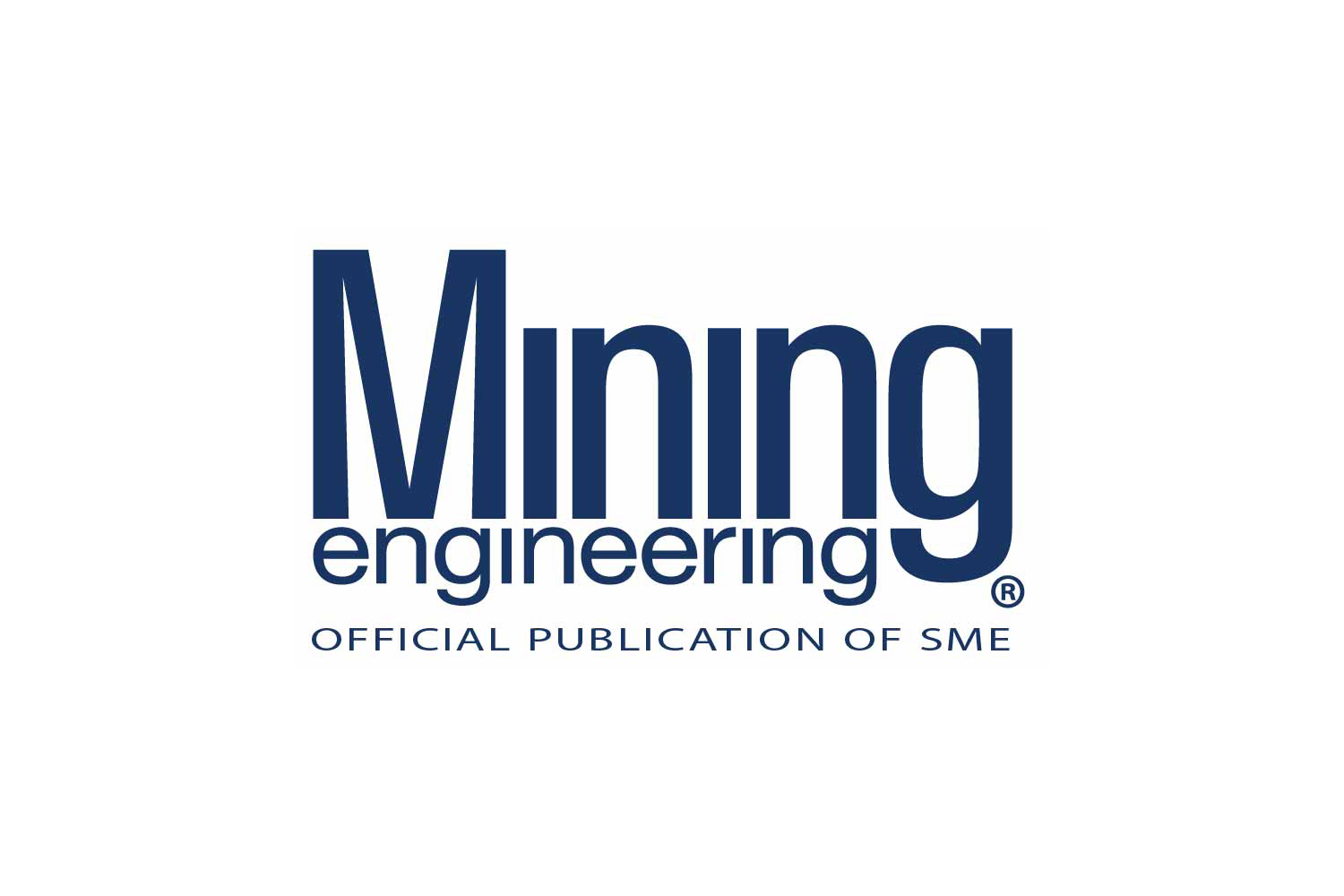
The Lisbon Valley Mining Co. is looking to expand the mine life of its Lisbon Valley copper mine with the use of in situ recovery (ISR) mining.
The Lisbon Valley Mine is the second largest copper mine in Utah, behind the Bingham Canyon Mine but its openpit operations were idled in 2016 when global copper prices dropped. In October 2019, the company submitted an operation plan to the Utah Division of Oil, Gas and Mining outlining a proposal to expand beyond the current 5,700-acre boundary with ISR mining that is being used in a handful of copper operations around the world. The company says the process could extend the life of the mine by up to 26 years.
The Salt Lake Tribune reported that the plan has raised red flags for nearby residents reliant on groundwater for drinking and livestock and also for environmentalists, who warn of long-term water contamination. But officials with the Lisbon Valley Mine say the project is safe, environmentally sound and will bring desperately needed jobs to the area.
Lisbon Valley Mine has struggled with the volatile copper market and is five years’ delinquent on property taxes totaling $1.4 million. The company recently won the county’s forgiveness of about $250,000 in interest and penalties.
The proposed ISR process involves pumping water and sulfuric acid into the ground through a ring of injection wells to dissolve copper from the rock. This solution is then pumped back through a central well to the surface, where the copper is separated. Ideally, the entire process is contained within the ring of wells and the solution does not mix with surrounding groundwater. Advocates for the method have touted its minimal surface impacts compared to openpit mining.
Alysen Tarrant, environmental manager for the Lisbon Valley Mining Co., said if the permits are approved, Lisbon Valley will be the first place in Utah to implement the ISR method. It will also be the first time it has been used to extract copper from a sandstone-based deposit since most recoverable copper deposits worldwide are found in harder rock layers.
“We’re putting in … millions and millions of dollars to prove up a technology that eliminates the need for openpit mining … and [that] could benefit the overall industry on a global scale,” Tarrant said.
The operations plan predicts the first pilot project will be installed in 2021 and estimates 2,700 wells will eventually be drilled into the aquifer. The mining could continue to 2045, when the plan anticipates reclamation efforts will begin, including the “rinsing of aquifers” to reduce acidity.
Currently, ore is mined in the pits, crushed and then treated with an acidified solution on surface heap-leach pads.
“In general, the in-situ methods have lower operating costs,” said Michael Nelson, a professor of mining engineering at the University of Utah. “[The company has] been recovering the copper by leaching the ore after they mine it, so it makes sense to consider in situ.”
In situ methods were used to mine about half the world’s uranium recovered in 2016, but it’s less common on copper deposits.
“The challenge with copper is that even the copper that dissolves easily has to be dissolved by an acidic solution,” Nelson said. “Uranium, they can leach that with just an oxygenated water. If you’re putting an acidic solution down into the earth … you have to be able to control carefully where that solution goes and make sure it goes where you want it to.”
Photo: Lisbon Valley Copper Mine.
Source : me.smenet.org
